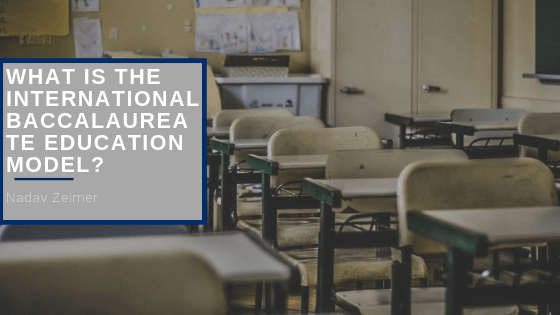Montessori, Waldorf, Harkness. There are a variety of alternative education models out there, with the success of each depending on the learning style of the child. While I went to one of their high schools, I had never considered the International Baccalaureate model for elementary ages.
The International Baccalaureate (IB) model was created in Switzerland in 1968. Now, the program is offered in 3,460 schools in 143 countries. 1,370 of those schools are in the United States.
The program has caught the eye of many because of the high standards it sets for students and the emphasis on creative and critical thinking. In this model, students take charge of their learning, selecting topics and creating their own projects, while teachers take on more of a supervisory role. Students are encouraged to learn from their classmates and critique each other’s work. The IB model aims to create a better world the respect and understanding of different cultures.
The IB program aims to create students that are open-minded, curious, principled, reflective and risk-takers. The program is broken down into four pieces: primary years, middle years, diploma and career-related.
Primary years
The primary years program is for children aged 3 to 12. The program lays the framework that teaches children how to think for themselves and take responsibility for their learning by focusing on five essential elements, the knowledge, concepts, skills, attitudes, and action that children need to lead successful lives. The curriculum is transdisciplinary and is designed to be both engaging and challenging for students in the age group.
Middle years
Students aged 11 to 16 are a part of the middle years IB program. The curriculum is comprised of eight subject groups, with 50 hours of teaching time required for each subject. The subject groups are language and literature, language acquisition, individuals and societies, sciences, arts, mathematics, design, and physical and health education.
Diploma
The diploma program, designed for students aged 16 to 19, is made up of six subject groups and three core components. The subject groups are similar to the middle years’ curriculum and include language acquisition, individuals and societies, studies of language and literature, arts, mathematics, and sciences. The three core elements, which aim to broaden the educational experience of students and challenge them to use their knowledge and skills, are theory of knowledge; the extended essay; and creativity, activity, service.
Career-related
The career-related program is also for 16- to 19-year-olds. Students in this program complete two DP courses in any of the subject groups. These programs aid in the teaching of the core of this program. The CP core is formed by four interrelated concepts, personal and professional skills, service learning, reflective project, and language development, that enhance a students development and focus on experiential learning.
How to tell if IB is a fit for your child
IB programs are academically challenging and require students to be actively involved in every part of their education. Because students are the ones to take the initiative in their studies, the program is more time-consuming than traditional classes. For children that are highly organized and respond well to pressure, IB may be the right program for them. For students that struggle with their academics or spend a lot of time in an extracurricular activity, they may struggle with the program.
Having attended an IB program in the 16-19 band, where it was my choice and initiative to apply, was a great transition from private elementary, Waldorf school to university studies. Among my cohort, we often complained that how much work the IB program asked us to do was annoying. But, looking back, I was well served by the opportunity to do academic work.
